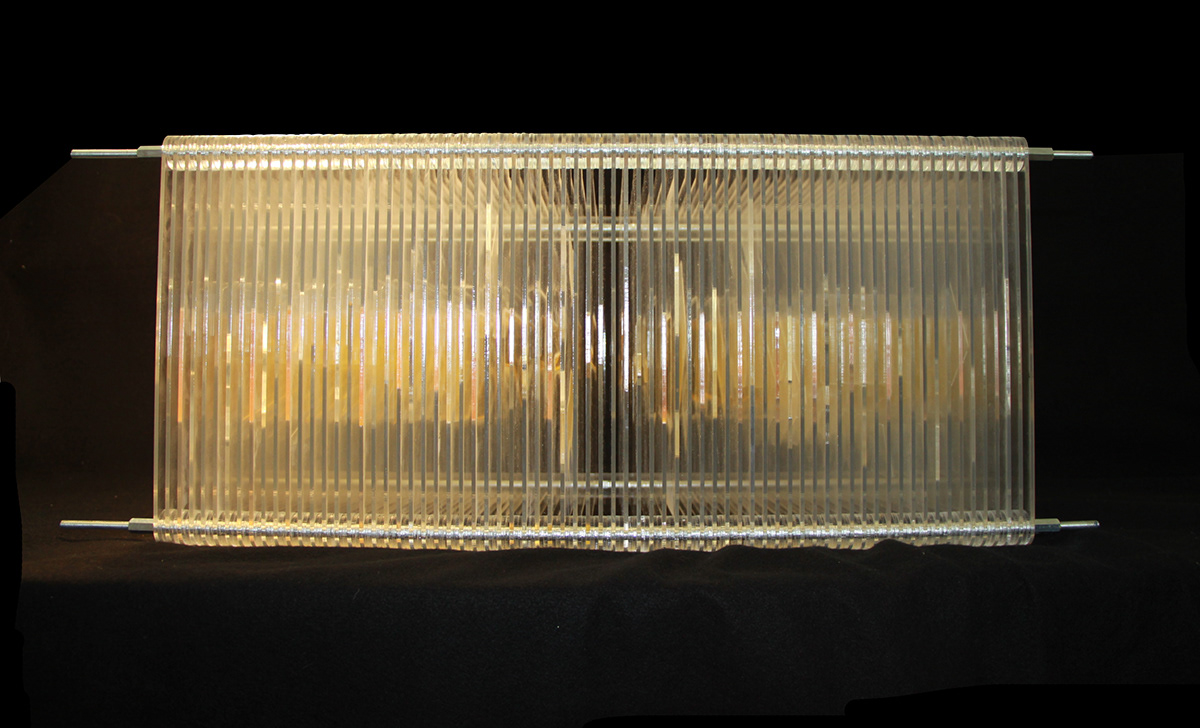Project Description
PROJECT THESIS:
Our perception of a space alters our understanding of its dimensions, and qualities. What factors play into how we construct this perception? What effect does movement through a space have on our understanding of it? How do we investigate and represent this change in perception and the form of space perception creates? This semester I have used these questions to guide my independent study. Through a series of interpretive and quantitative mappings techniques, my research has led me to produce a 3-dimensional reconstruction of a single case-study space.
PROJECT METHOD + INSTALLATION:
The reconstruction which measures approximately 11”H x 15”W x 27”L, is a narrative representation of my research. It seeks to reveal the qualitative and quantitative properties of my case-study space. Using Michael Benedikt’s concept of the Isovist and Isovist field, which analyzes a space for its perceptual continuity, I developed a method of perceptual spatial reconstruction based on four criteria: light, texture, dimension and path. By representing each of these isovists at 24 intervals across the space in either colored, translucent or transparent acrylic plastic, each isovist contour is layered in sequence to generate a new definition of the case-study space.
The case-study space is the channel between the Providence Place and Promenade Street along the Moschassuck River. This space alternates between exterior and interior conditions. This space lends itself to multiple perceptual interpretations. The final project (the acrylic reconstruction) presents a spatial definition that can be experienced in 360 degrees allowing viewers access to form a volumetric understanding of the perception space and cross-compare each research criteria. I envisioned the new space as a place of reconfiguration with the same value of parameters as the old one where people perceive all 24 positions simultaneously.

Process of generating the shapes of visual perception.

This dIagram shows the progress of how I generatie the shape implying the texture condition of the space.




72 pieces

Vision, Lighting condition, Texture condition

Early Study Model



Concept Model



Final model






